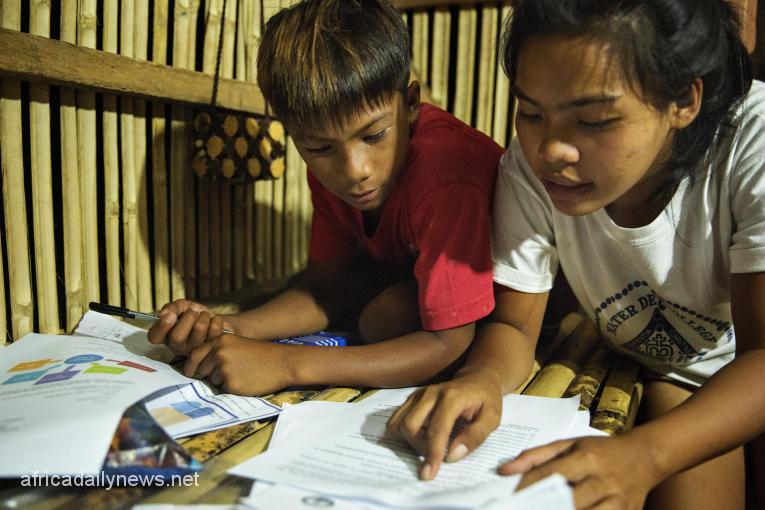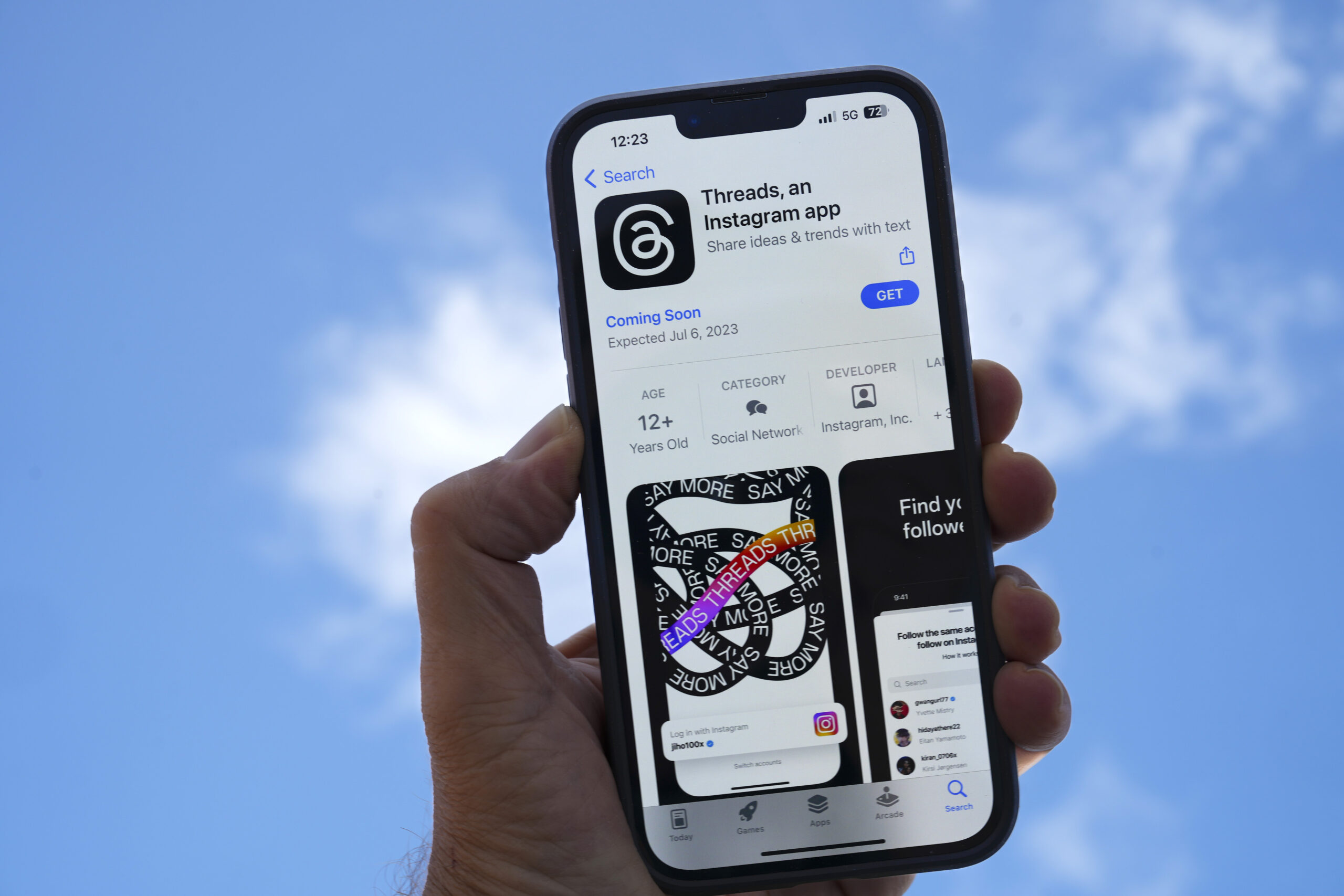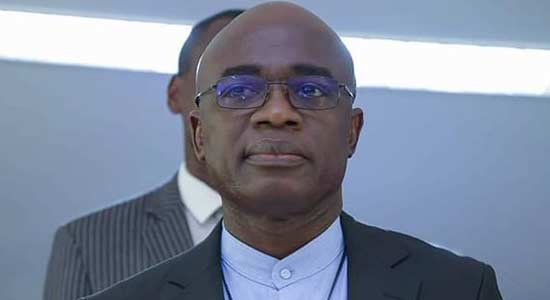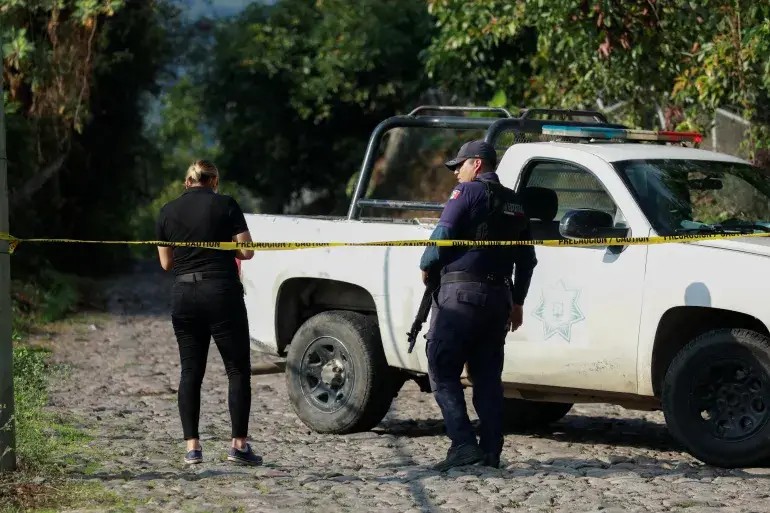Following a very long school closure due to the COVID 19 pandemic, millions of students across the Philippines went back to class on Monday.
After more than two years of distant learning, nearly half of the country’s schools started holding regular physical classes again.
The Philippines were one of the last few countries to return to physical classroom learning even after Covid left.
The extended hiatus of physical tuition, according to some analysts, has aggravated the country’s education problems.
Less than half of the nation’s public schools, or around 24,000, will conduct five days of face-to-face education.
School administrators said that until November, when all 27 million registered students are anticipated to return to the classroom full-time, the remaining institutions will provide a combination of physical teachings and online classes.
According to the Department of Education, certain schools will have to break up courses into shifts due to a lack of facilities and to prevent overpopulation out of concern that schools could become new disease centers.
In a nation where it is usual for schoolchildren to live with their parents and older grandparents, the prolonged school suspensions have been linked to concerns about the virus spreading aggressively.
Online courses, written materials, and lessons aired on television and social media have taken the place of physical tuition.
With nearly three million infections and 50,000 fatalities, the Covid-19 pandemic in the Philippines was among the worst in South East Asia.
Sophia Macahilig, a sixth-grader at San Pedro Elementary School in Manila, said she was “excited” to see her friends and teachers on Monday after two years of Zoom sessions.
‘We used to have fun and now I can have fun again,’ the 11-year-old explained to the news agency AFP.
While they waited in line, other students in uniform and masks were given a spray of hand sanitizer and had their temperatures taken before being allowed onto the school grounds.
However, there are still unanswered questions regarding how the past 2.5 years of online learning have impacted children’s educational growth, particularly at a time when many kids were already having difficulty meeting the pre-pandemic base literacy norms.
In the Philippines, nine out of ten kids could “not read a simple text with comprehension” by age 10 before the pandemic, Earlier this year, World Bank research found that
‘Prolonged school closures, poor health risk mitigation, and household-income shocks had the biggest impact on learning poverty,’ UNICEF said in a statement.
After a long break from school students and pupils are excited to see their classmates again as they commence studies with their teachers physically.










